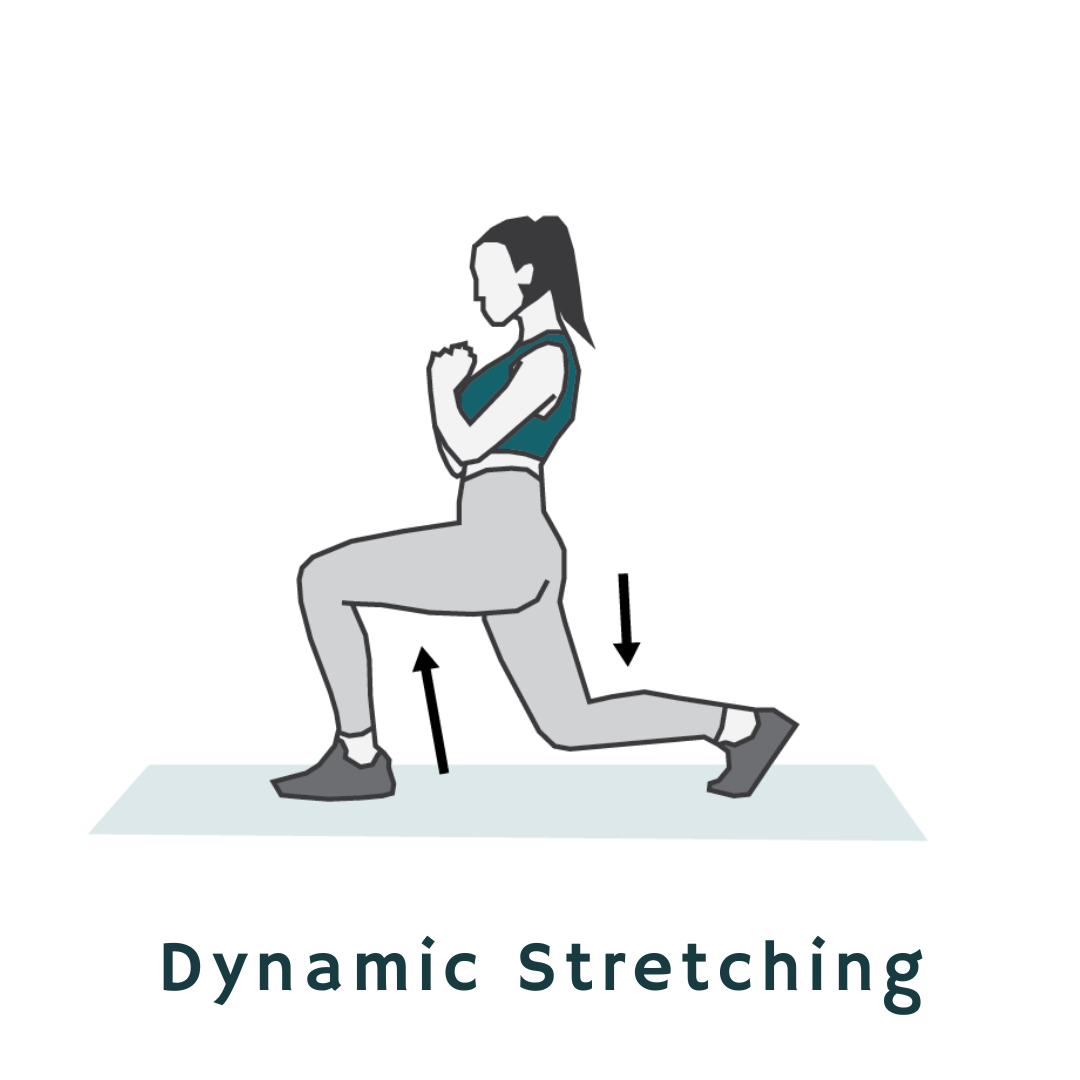Static Stretching vs Dynamic Stretching
Stretching is an essential aspect of physical fitness that can help improve flexibility, range of motion, and reduce the risk of injury. However, not all stretching techniques are created equal. There are two main types of stretching: static and dynamic stretching. In this blog, we will discuss the differences between static and dynamic stretching and when to utilize them.
Static Stretching:
Static stretching involves holding a stretch in one position for a certain amount of time, typically 15-30 seconds. The goal of static stretching is to lengthen the muscle fibers and increase flexibility. This type of stretching is usually done after a workout or during a cool-down period.
According to a study by Behm et al. (2016), static stretching has been found to be effective in increasing flexibility and range of motion. However, it is not recommended to perform static stretching before physical activity as it can decrease muscle strength and power, which can hinder performance.
Examples of static stretches include:
Hamstring stretch: sit on the ground with your legs straight out in front of you, reach forward and try to touch your toes
Quad stretch: stand on one leg, pull your other foot up behind you towards your buttocks and hold it there
Cobra Pose: This stretch helps to relieve tightness in your abdominals, chest, and shoulders. Lie on your stomach with your hands directly under your shoulders, fingers facing forward, and arms are drawn in tightly next to your chest. Press into your hands and squeeze your elbows into your torso as you lift your head, chest, and shoulders. You can lift your torso partway, halfway, or all the way up.
Seated Butterfly: This stretch targets your inner thighs, hips, and lower back. Sit on the floor with your back straight and your abs engaged. Place the soles of your feet together in front of you. Let your knees bend out to the sides. Place your hands on your feet as you pull your heels toward you, letting your knees relax and inch closer to the floor.Take a deep breath, and hold this pose for 10 to 30 seconds.
Dynamic Stretching:
Dynamic stretching involves moving the muscles and joints through a full range of motion, often mimicking the movements that will be performed during exercise or sports. The goal of dynamic stretching is to warm up the muscles and increase blood flow to the area. This type of stretching is usually done before a workout or sports activity.
According to a study by McMillian et al. (2006), dynamic stretching has been found to be effective in improving athletic performance and reducing the risk of injury. Dynamic stretching prepares the muscles for the movements that will be performed during the workout and improves range of motion.
Examples of dynamic stretches include:
Leg pendulums: Begin to balance on one leg and swing it back and forth. If necessary, you can grasp on to a wall. Swing five to ten times back and forth. Swing 5–10 times with the opposite leg, then repeat. You can then face the wall and swing your legs from side-to-side as well
High knees: Walking forward with your knees up high and towards your chest Lunges: Step forward on one leg while bending the front knee and maintaining the rear leg straight to perform lunges; swap legs and repeat.
Spinal Rotations: Standing with your feet shoulder-width apart and your arms out to the sides. Keep your torso still as you start to slowly turn your body from right to left.
When to Utilize Static vs Dynamic Stretching:
Static stretching is best used after a workout or physical activity. It can help to lengthen tight muscles and reduce soreness. However, static stretching is not recommended before exercise as it can reduce muscle strength and power.
Dynamic stretching, on the other hand, is best used as a warm-up before exercise or sports activity. It can help to improve range of motion and prepare the muscles for the movements that will be performed during the workout. Dynamic stretching has been shown to improve athletic performance and reduce the risk of injury.
In summary, both static and dynamic stretching have their place in a well-rounded fitness routine. Static stretching is best used after exercise to help reduce muscle soreness and increase flexibility.
Dynamic stretching is best used as a warm-up before exercise to improve range of motion and reduce the risk of injury. It's important to understand when and how to utilize each type of stretching to get the most out of your workouts and reduce the risk of injury.
References:
Behm, D. G., Blazevich, A. J., Kay, A. D., & McHugh, M. (2016). Acute effects of muscle stretching on physical performance, range of motion, and injury incidence in healthy active individuals: a systematic review. Applied Physiology, Nutrition, and Metabolism, 41(1), 1-11.
McMillian, D. J., Moore, J. H., Hatler, B. S., & Taylor, D. C. (2006). Dynamic vs. static-stretching warm up: the effect on power and agility performance. The Journal of Strength & Conditioning Research, 20(3), 492-499.
Pietrangelo, A. (2021, June 16). Dynamic stretching: Benefits, how-to, and examples. Healthline. https://www.healthline.com/health/exercise-fitness/dynamic-stretching.
Pietrangelo, A. (2019, September 25). Static stretching: Benefits, when to do it, and more. Healthline. https://www.healthline.com/health/fitness-exercise/static-stretching.


